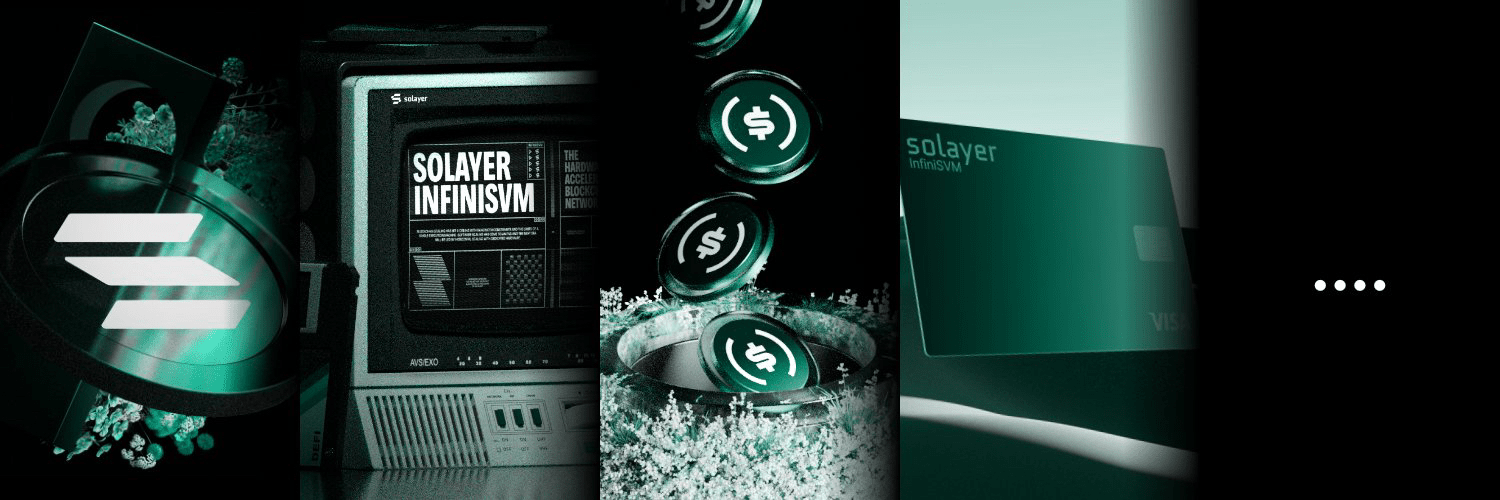Since its launch, I have been closely observing the DeFi segment on Solayer, spending a month collecting data. The first thing I noticed was its staking contract: the TVL has been steadily maintained at around $13 million, with fluctuations of less than 5%. This is quite rare for a young ecosystem, indicating that users are willing to keep their assets on-chain rather than withdrawing in the short term.
I have also been monitoring the trading volume curve, which has been steadily rising from 40,000 transactions daily at the start to now 60,000, but without explosive growth. This usually means the ecosystem is still in a natural promotion phase, with healthy traffic rather than being driven by large amounts.
What DeFi products are involved? There are mainly three directions: stablecoin exchange, NFT collateral lending, and in-game asset swapping. I noticed that the LTV in NFT lending is often between 50-70%, which offers both capital gain potential and risk buffer for ordinary users. Stablecoin exchanges often come with transaction fee rewards, sometimes yielding $100-200 a day, making the combination of 'playing games + earning income' more attractive.
At the same time, I see that Solayer is collaborating with several GameFi projects to launch a 'daily tasks + on-chain rewards' mechanism, tightly binding DeFi with games. When a player completes a game task, they can see the corresponding stablecoin earnings in the same wallet. This reduces the resistance for players to switch to DeFi and increases stickiness.
Solayer, I recommend focusing on these three lines: staking stability, daily trading volume growth, and cases of integration between game tasks and DeFi. As long as these three are working together, it shows that it has truly achieved a combination of 'chain + finance + games'.
@Solayer #BuiltonSolayer $LAYER
